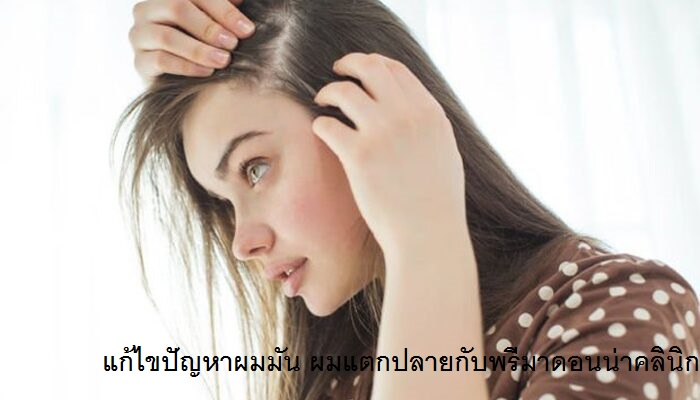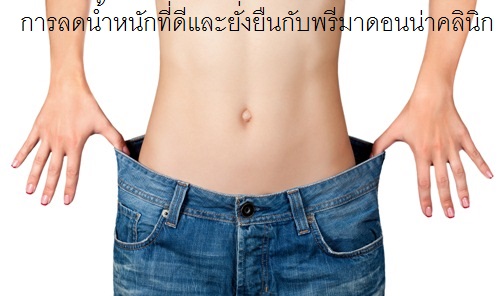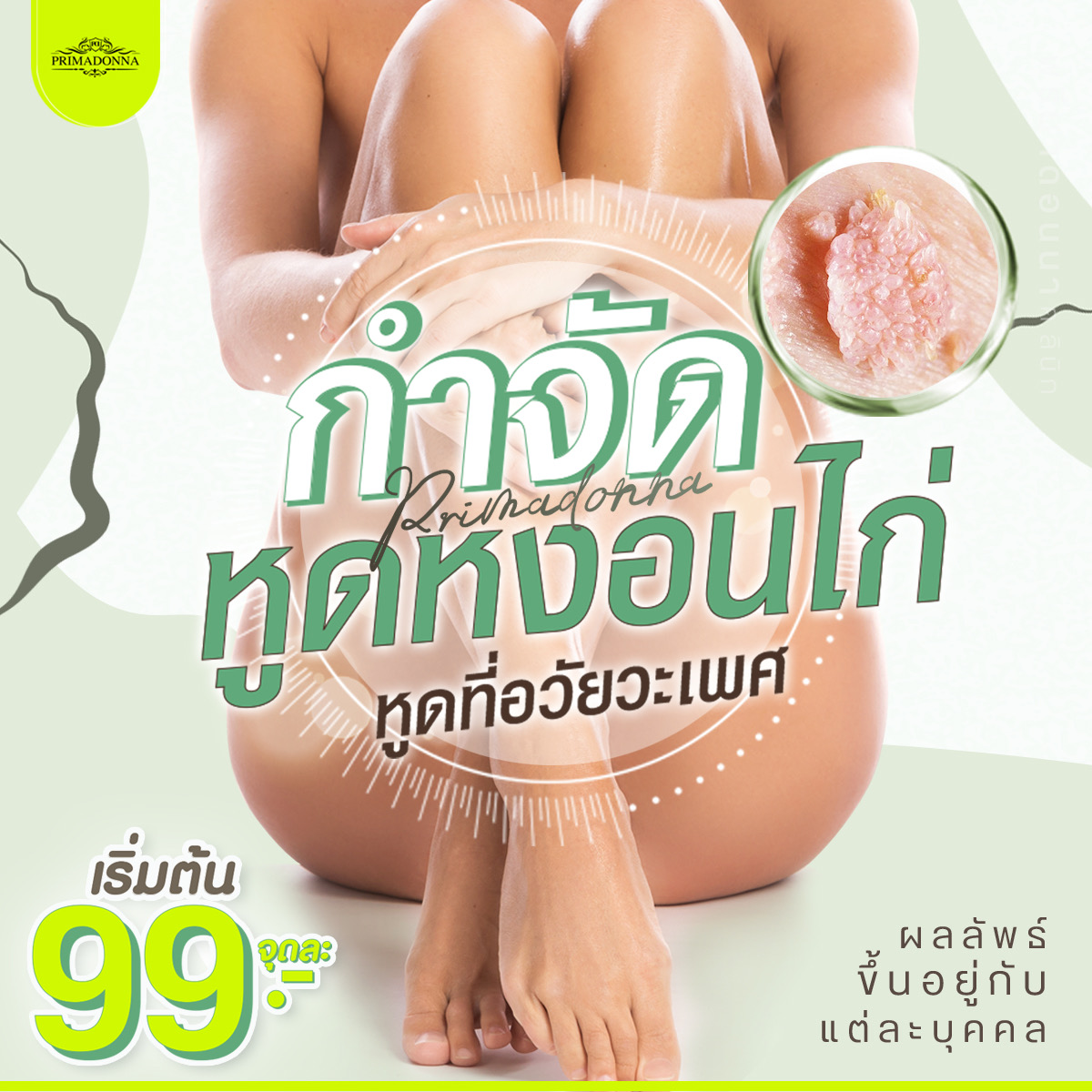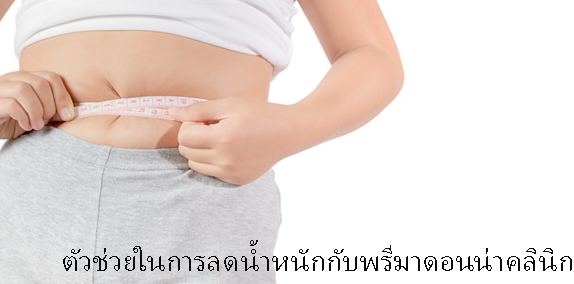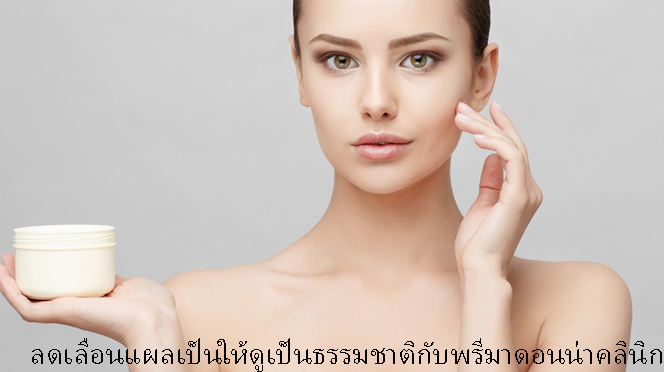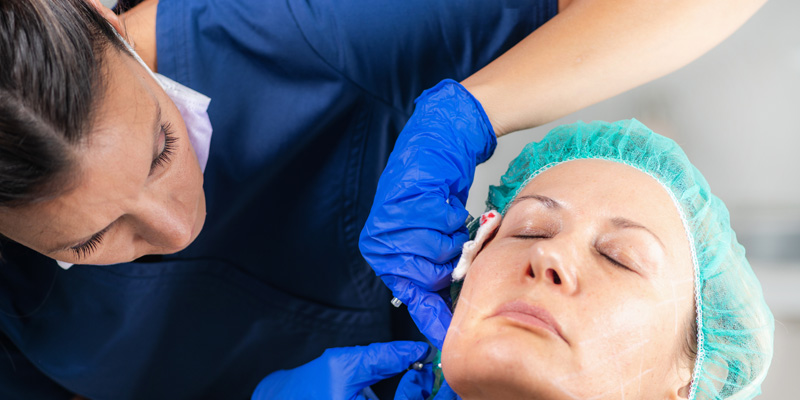
thread-lift
A thread lift is a type of procedure wherein temporary sutures are used to produce a subtle but visible "lift" in the skin. Instead of removing the patient's loose facial skin surgically, the cosmetic surgeon simply suspends it by stitching up portions of it. This has the effect of pulling the skin back slightly and therefore lifting and tightening the face. In addition to being ideal for lifting the skin, threads combat aging in another way: by provoking the body's "healing response" and causing the body to direct large surges of collagen to treated areas. This is important because of the vital role collagen plays in the aging process.
Collagen helps support "growth factors" that greatly influences the condition of our skin. In addition to being used for wound healing, collagen helps to keep our skin strong, voluminous and supple. As we get older, our bodies gradually produce less and less collagen, which leads to an 80% reduction in skin thickness by about age 70. This loss of volume and strength is a large factor in the creation of excess skin and wrinkles. As the skin grows weaker, it's no longer able to support the tissues beneath it adequately, meaning that gravity pulls it downwards and stretches it. Infusing the skin of the face with fresh collagen when the signs of skin laxity are still mild can help to both reduce looseness (by thickening and hydrating the skin) and prevent it from getting worse (by strengthening the skin).
What are the advantages of having a thread lift instead of a facelift?
For many patients, the biggest advantage of having a thread lift rather than a facelift is the greatly reduced recovery time associated with thread lifts. When a patient has facelift surgery, he or she must be heavily sedated; as such, the patient must arrange for someone to drive him or her home from the hospital. Most facelift patients also require around the clock assistance from a caretaker for at least three days after they have surgery. Furthermore, if the patient still has children at home, childcare aid may also be needed. Facelift patients usually need to take one to two weeks off of work, too, in order to heal.
Recovery from a thread lift, on the other hand, is comparatively easy. Thread lifts can be performed under local, rather than general anesthesia, meaning that thread lift patients can drive themselves home and look after themselves immediately after having their procedure. While some patients will experience a little bit of soreness, redness and swelling after having a thread lift and therefore wish to take the rest of the day off, most can return to work immediately. Strong pain medication is seldom needed after having a thread lift, making it easier for patients to return to their normal routine. This procedure is therefore ideal for people who have children at home or those who have busy, demanding careers.
While thread lift recovery is not particularly intensive, patients will still have to take a few minor precautions while healing. It's important to make sure that you don't rub your face vigorously while cleansing it or applying moisturizer for at least a week after having threads placed. You should also try to prop your head up slightly so that you don't roll over directly onto your face while sleeping.
Thread lifts are low risk, thanks to how noninvasive they are. There is virtually no risk of scarring, severe bruising, bleeding or other complications after having a thread lift. In rare cases, patients may experience irritation, infection or their sutures becoming visible under their skin. If this occurs, however, the sutures can simply be removed and the patient's face will return to its prior state.
Finally, because thread lifts are much easier to perform than facelift surgery, they are much more affordable.
Advantageous though thread lifts are, it's important for patients to maintain realistic expectations for this procedure. While thread lifts certainly produce visible changes, they will generally only lift the face by a few millimeters; as such, they create a more subtle and natural looking end result than facelift surgery. Thread lifts are therefore best suited to patients who are dealing with mild to moderate, rather than severe, signs of skin laxity.
The ideal thread lift candidate is usually in his or her late thirties to early fifties, whereas most patients over the age of about 55 will benefit more profoundly from facelift surgery. Thread lifts can, however, provide a facelift alternative for older patients who are unable to have surgery for medical reasons. Because thread lifts can be performed under local anesthesia, many people who have age-related conditions that make them ineligible for surgery (like high blood pressure, type two diabetes and cardiovascular disease) can safely have this treatment. If you have any outstanding health conditions, make sure to talk to your doctor about whether or not a thread lift might be right for you.
It's important to understand that while no lifting technique can produce permanent results, facelift surgery will usually produce longer lasting results than a thread lift. The results of facelift surgery can last up to a decade, whereas a thread lift will generally last from one to three years. However, because the thread lift procedure is so low-risk, patients who like the results of their thread lift can usually opt to have a fresh set of temporary sutures placed once their old sutures are absorbed by the body.
Understanding different thread lift procedures: Nova Threads and Silhouette InstaLift
Nova Threads are sutures that are made from a biocompatible material called PDO, which has been specially designed for safe re-absorption by the body. Nova Threads remain in place for about four to six months, after which point, they slowly dissolve. Patients can, however, expect to keep seeing the results of their Nova Threads lift for a year or more after their treatment. This long-lasting effect arises from the lingering improvement in skin condition that results from collagen infusion. And Nova Threads are so important at Chiangmai.
Nova Threads come in several different varieties: Barbed sutures, which are ideal for gathering skin (and therefore producing more lifting action) and straight or curved smooth sutures. Smooth sutures produce less of a lift, but they are excellent for collagen stimulation. Patients often have smooth sutures placed in strategic locations around their face (such as the corner of the mouth or along the brows) in order to target common problem areas where the signs of aging become particularly apparent. Barbed sutures, on the other hand, are placed near the hairline in order to gently pull back the skin and lift the cheeks and jowls.
Having Nova Threads placed is relatively quick and easy for the patient. First, local anesthesia will be used to numb the areas that are going to be treated, then a small instrument (a thin cannula or needle) will be used to insert the threads below the skin. This entire process usually takes just 30 to 45 minutes, and the patient is free to return to work afterward.
Silhouette InstaLift Like Nova Threads, the Silhouette InstaLift relies on the use of biocompatible temporary sutures to lift the face. The Silhouette InstaLift is more focused on lifting the skin than stimulating collagen production (though it will accomplish both objectives, of course), so the threads used during this procedure are designed somewhat differently. Rather than being smooth or barbed, they contain a number of sutures interspersed with tiny "cones" that are adept at grabbing tissue. This allows the threads to gather more skin, producing a more noticeable lift to the cheeks and jowls. Silhouette InstaLift threads are designed to create fairly long-lasting results as well; patients can expect to enjoy the impact of their Silhouette InstaLift for one to three years.
Having a Silhouette InstaLift takes about 45 minutes on average and can be performed under local anesthesia. A specially designed thin needle is used to insert the threads into the skin, minimizing patient discomfort. Patients sometimes experience mild soreness and swelling for a few days after having this procedure, but it can usually be managed with over the counter pain relievers. As such, if you have a Silhouette InstaLift, you will probably be able to return to your normal activities immediately afterward.
Which areas can be treated?
- Upper and lower cheeks
- Foreheads (brow lift)
- Jawline, Neck
- Naso-labial folds (nose to mouth lines)
- Marionette lines (corners of the mouth)
- Arms
- Buttocks
- Abdomen
Thread lift aftercare instructions
1. Apply SPF30 + and avoid direct sunlight & tanning machines in order to prevent post Inflammatory Hyperpigmentation (PIH).
2. Gently wash the treated areas on the same day but do not rub or massage the face for 2 weeks.
3. Do not open mouth too wide for 3-4 weeks (avoid dental treatment for 2 weeks if possible)
4. A stinging or “pulling” pain or discomfort is normal. Take Tylenol 500 mg 1-2 tablets every 6 hours as directed.Avoid taking any anti-inflammatory medication such as Naproxen or Ibuprofen, because inflammation is necessary to initiate the new collagen formation process. Ibuprofen and similar medications will suppress this process.
5. Avoid alcohol and anti-coagulant medicines (aspirin, unless prescribed for medical indications) for 7 days.
6. Avoid blood ‘thinning’ vitamins C, A & E for 7 days.
7. Avoid temperature extremes such as sauna or very cold climate for 10 days.
8. Avoid physical exercise for 7 days post procedure.
9. Avoid having Radio Frequency (RF) or any heat producing device (laser, IPL, etc.) treatments of the thread treated areas for at least 10 weeks.
10. Anti-inflammatory medication may be taken after 7 days.
11. Patient must finish course of antibiotics if prescribed as part of the treatment protocol.
12. Stinging or “Pulling” pain discomfort is normal, this will subside over a 2-week period.
13. Scratchy sensation is normal; this will subside over a 2-week period.
14. Stinging, “Pulling”, scratchy sensations will all disappear by week 5.
15. Possible complications may include Infection, swelling, bruising, foreign body reaction in epidermis (granuloma) and protrusion. Extremely rare, temporary facial nerve fall out may occur due to local anesthetic, swelling, hematoma or pressure of the cannula or thread on the nerve. Your practitioner MUST be informed immediately if facial nerve fall out is experienced and if your practitioner can’t be reached then go immediately to the Emergency Department.
16. Follow up examination 7 days later.
17. Combination with other procedures from 7 days onwards: PRP, MicroPen, fillers.
18. Follow up photography at 1-month post treatment. Note: treatment of untreated areas may be initiated at anytime.
19. End-point follow-up appointment at 3 months post procedure.
